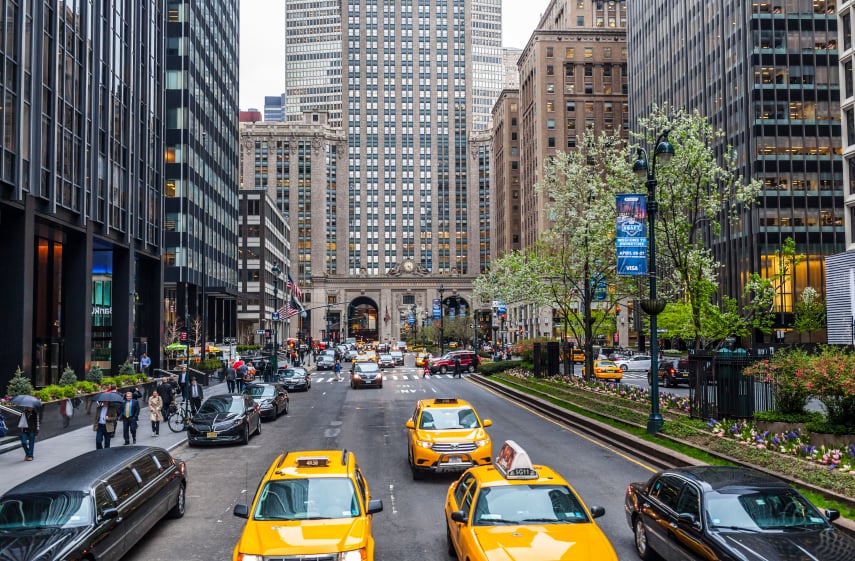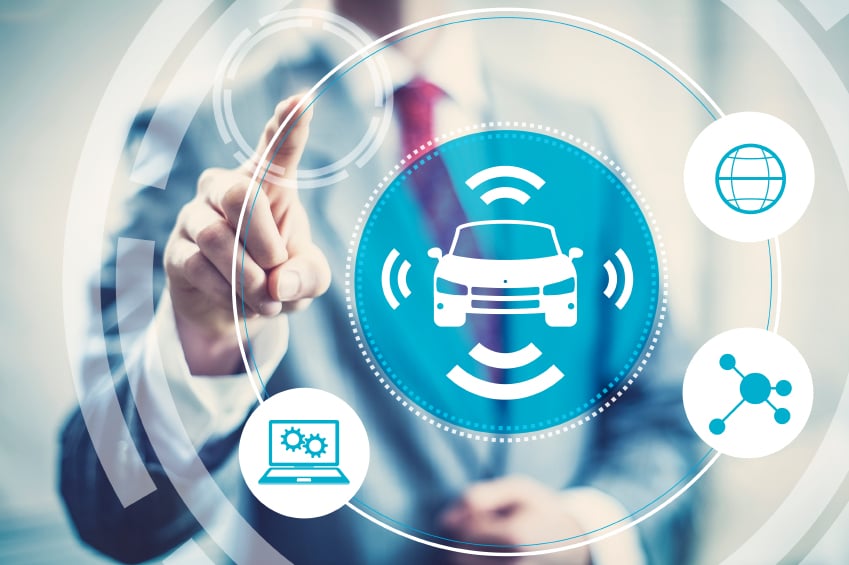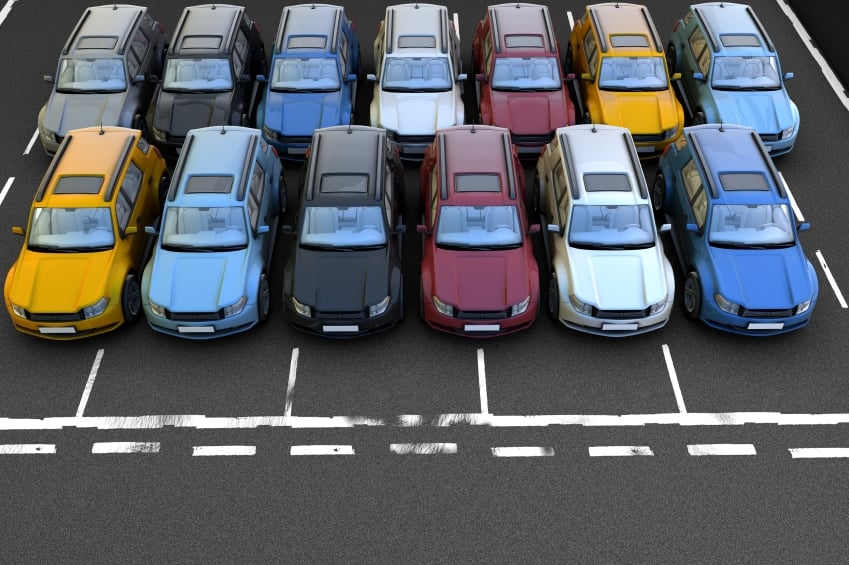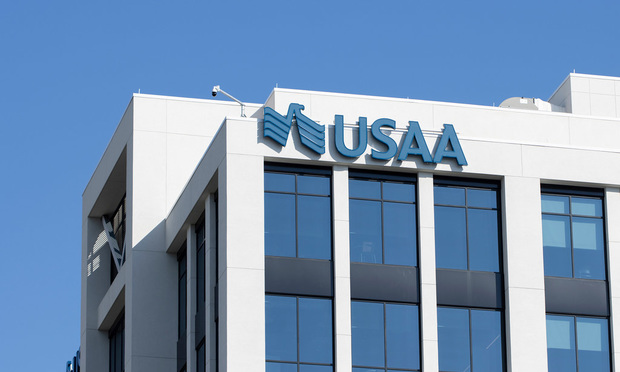Deloitte has seen the future of auto insurance, and it is bright — not to mention very, very different from what we see today.
In its newest report, "Insuring the future of mobility: The insurance industry's role in the evolving transportation ecosystem," Deloitte Consulting predicts that the future of road travel will be shaped by the intersection of two key trends: the emergency of autonomous vehicles, and shifts in mobility preferences — giving rise to shared access to transportation.
Each of these "future states" creates new requirements for existing and new insurance customer segments looking for passenger automobile related coverage, the authors note. This will lead to new products and a shift in the emphasis of various sales channels. In short, new types of coverage for an evolving set of insureds.
What does this means for insurers? They'll require new underwriting capabilities and will be challenged to assess claims in a more technologically advanced and diverse environment.
Here is an overview of what Deloitte predicts will be the four future states of insurance:

(Photo: iStock)
Future state 1: Personally owned, driver-driven vehicles
This is the most conservative state, which emphasizes the large assets tied up in today's system, the report says.
This vision assumes that the owners of these assets won't willingly abandon them nor invest in new enterprises with uncertain returns. It sees private ownership remaining the norm, with consumers opting for the particular forms of privacy, flexibility, security and convenience that come with having their own vehicles.
And it rejects the possibility that, while driver-assist technologies may continue to advance, completely autonomous drive will become a reality any time soon.
In this state, the traditional model of personal auto insurance will continue, the vehicle owner will be the primary named insured, and the coverages will be the familiar ones of driver liability, collision and comprehensive.

(Photo: iStock)
|Future state 2: Shared driver-driven vehicles
This state envisions continued growth of shared access to vehicles, as economic scale and increased competition drive the expansion of shared vehicle services into new geographic territories and new consumer segments.
Passengers value the convenience of point-to-point transportation and the demonstrated economic benefits of expansive car-sharing and ride-sharing networks.
Future state 2 shares the human behind the wheel with future state 1; however, this group of stakeholders includes fleets (for example, taxicabs and limos), owner/operators of "black car" services and car rental companies.
The vehicle owner could be an individual or a business, and the coverage would be for driver, liability, collision, and comprehensive. In the case of rental vehicles, add liability for a vehicle that isn't road-worthy. Uber, Lyft and similar ride-sharing services would fall in this category.

(Photo: iStock)
|Future state 3: Personally owned autonomous vehicles
With this state, autonomous drive technology is viable, safe, convenient and economical, but private ownership continues to prevail.
Individuals will use driverless functionality for its demonstrated safety, reliability and other ancillary benefits, according to the report, but drivers will continue to own cars for many of the same reasons they do today, such as convenience and pride of ownership.
Future state 3 would require a new product that the report calls "personal autonomous vehicle insurance," or "AV coverage." The individual vehicle owner would require coverage for comprehensive and liability (that is, roadworthiness) while the AV system manufacturer or the operating system provider would require a commercial policy that includes AV product liability.

(Photo: iStock)
|Future state 4: Shared autonomous vehicles
This state is the result of a convergence of both autonomous technology and shared mobility.
Mobility management companies offer a range of passenger experiences to meet varied needs at differentiated price points. The earliest adopters are likely to be urban passengers, the report notes, because few of them own cars now, and they're credited with the popularity of ride-sharing services such as Uber and Lyft. As smart infrastructure expands, the report predicts that fleets of autonomous shared vehicles could spread to densely populated suburbs and beyond.
In future state 4, all stakeholders would have commercial AV insurance. The vehicle owner — likely a commercial enterprise — would require comprehensive and liability insurance. The AV system manufacturer or the operating system provider in this state also would require a commercial policy that includes AV product liability.

(Photo: iStock)
|New opportunities
What do the future states mean for insurers? They have an opportunity to unbundle coverages and repackage them to meet the needs of new customers, the report suggests.
It's also a time of reinvention as carriers could incorporate coverage into other products and services or distribute coverage using new technology channels. The report predicts that self-insurance could emerge as a dominant model for large shared (both driver-driven and autonomous) vehicle fleets.
It also predicts that the ratio of personal to commercial auto policies will begin to shift as shared vehicles become more prevalent than individually-owned vehicles.
Want to continue reading?
Become a Free PropertyCasualty360 Digital Reader
Your access to unlimited PropertyCasualty360 content isn’t changing.
Once you are an ALM digital member, you’ll receive:
- Breaking insurance news and analysis, on-site and via our newsletters and custom alerts
- Weekly Insurance Speak podcast featuring exclusive interviews with industry leaders
- Educational webcasts, white papers, and ebooks from industry thought leaders
- Critical converage of the employee benefits and financial advisory markets on our other ALM sites, BenefitsPRO and ThinkAdvisor
Already have an account? Sign In Now
© 2024 ALM Global, LLC, All Rights Reserved. Request academic re-use from www.copyright.com. All other uses, submit a request to [email protected]. For more information visit Asset & Logo Licensing.








